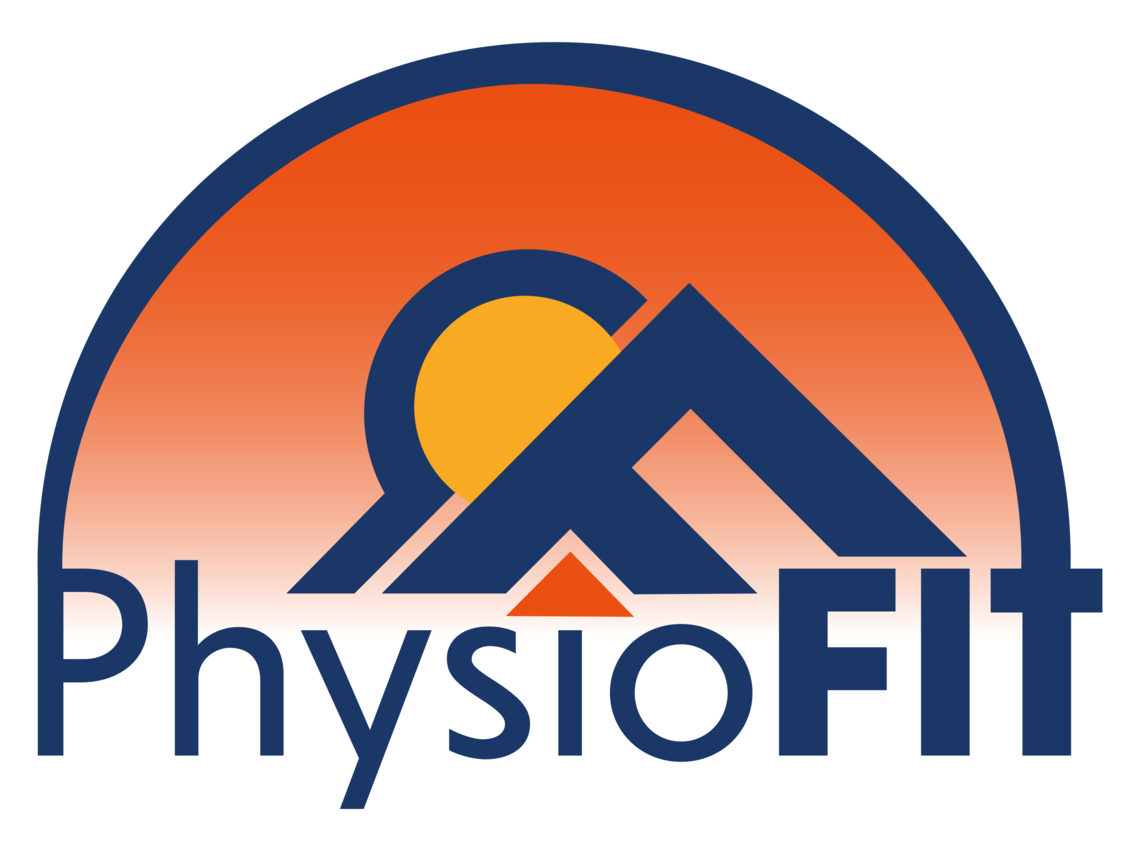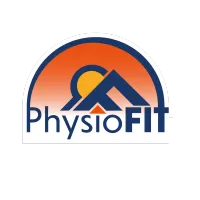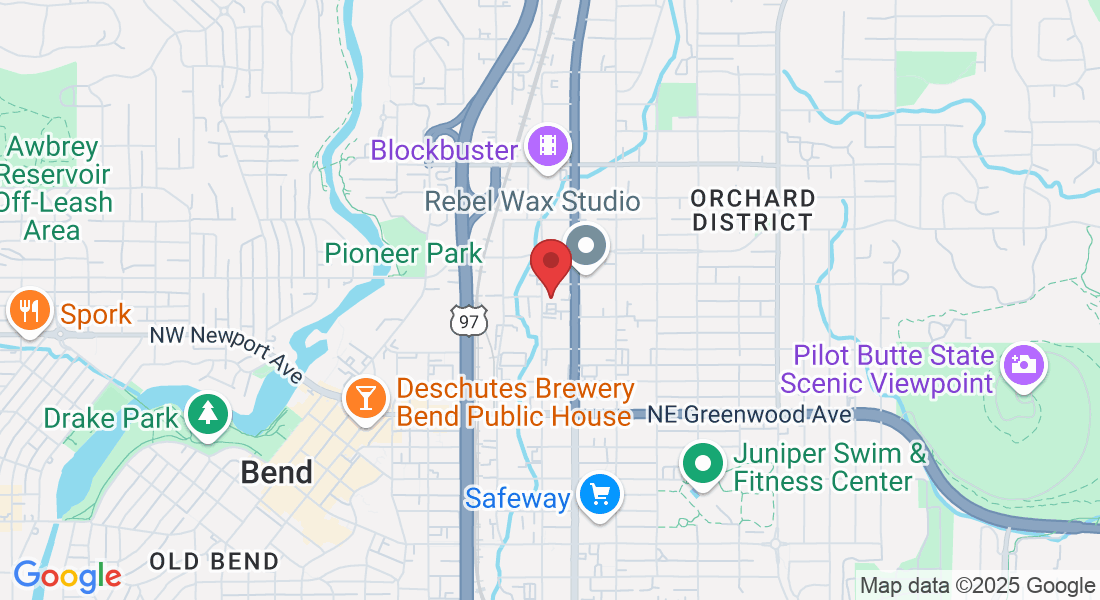TMJ Relief
Unlock Relief From TMJ Pain
If you're struggling with discomfort and dysfunction in your jaw, you've come to the right place. Temporomandibular joint (TMJ) disorders, or TMD, as they are also known, can severely impact the quality of your life, leading to significant jaw pain, headaches, and hindrances in performing simple tasks like opening and closing your mouth. By diving deeper into understanding the complexities of TMJ disorders, we're equipped to provide innovative and tailored physical therapy solutions for effective TMJ pain relief.
Experience TMJ Relief like Never Before with PhysioFit: We take a deeply personalized approach to your health, comprehending that every TMJ pain sufferer requires a unique treatment plan. Leveraging the power of evidence-based, fitness-driven physical therapy in bend, we strive to offer more than temporary relief. We aspire to improve your overall well-being, stave off persistent pain and accelorate your recovery process, allowing you to effortlessly resume your normal life.
What You Should Know
Healthcare providers classify TMDs into three categories:
Disorders of Your Jaw Joints: These involve complications in the jaw joints themselves, often manifesting as clicking, popping, or grating sounds during jaw movement.
Disorders of Your Chewing Muscles: This category includes issues related to the muscles responsible for chewing, where patients may experience persistent or intermittent muscle pain.
Headaches That Result From TMD: A significant fraction of TMD sufferers may experience headaches or migraines as a consequence of jaw joint or muscle dysfunction, significantly affecting their quality of life.
A proper diagnosis of a TMJ or TMD problem involves a thorough evaluation from a professional.

Some of The Most Common Causes of TMJ Pain
The onset of TMD isn't attributed to one solitary cause. Instead, it tends to emerge from a diverse array of factors, often in combination.
Jaw injury: Injuries such as a broken or dislocated jaw can directly affect the temporomandibular joint, leading to TMJ disorders. Such physical trauma can disrupt the alignment and smooth functioning of the jaw joint, inducing pain and discomfort.
Teeth Grinding or Clenching (bruxism): Frequent teeth grinding or clenching, often a subconscious habit during sleep or periods of stress, can exert excessive pressure on the TMJ, contributing to its dysfunction. Over time, this can lead to wear and tear, causing persistent pain and other TMJ-related symptoms.
Arthritis in Your Jaw Joint: Arthritis, an inflammatory condition, can affect any joint in your body, including the TMJ. The inflammation and degeneration associated with arthritis can cause joint pain and stiffness, impairing normal jaw movement.
Malocclusion: Malocclusion refers to the misalignment of teeth when the jaws are closed, which can put additional strain on the TMJ. This imbalance can force the jaw joint to work harder to achieve efficient biting and chewing, increasing the risk of TMJ disorders.
Stress: High levels of stress can lead to physical manifestations such as increased muscle tension or clenching of teeth, both of which can place undue strain on the TMJ. Chronic stress can exacerbate these physical responses, thereby contributing to TMJ pain and dysfunction over time.
If any of this information resonates with your current situation, we urge you to schedule an appointment with us immediately. Don't let hip pain diminish your life quality - allow us to help you embark on the path to relief today.
Can I Prevent TMD or TMJ Pain?
While it's true that certain risk factors contributing to TMJ dysfunction are beyond our control, there are still practical steps you can take to minimize the likelihood of developing this condition:
Make Use of a Mouth Guard During Sleep: Nighttime teeth clenching or grinding, known as bruxism, can significantly contribute to TMJ dysfunction. By wearing a mouth guard as you sleep, you can effectively mitigate this risk, protecting your jaw joints from undue pressure.
Ensure You're Protected in High-Risk Situations: When participating in contact sports, your facial area is more susceptible to injuries. Utilizing a mouth guard during such activities can offer invaluable protection for your jaw, reducing the risk of TMD.
Prioritize Maintaining Good Posture: The alignment of your neck and head plays a vital role in the functioning of your jaw. By ensuring good posture, you can maintain optimal alignment, thereby reducing strain on your TMJ.
Embrace Stress Reduction Practices: Stress can lead to unconscious habits such as jaw clenching, which can exacerbate or lead to TMD. Techniques such as meditation or mindfulness exercises can help manage your stress levels, offering indirect yet essential protection against TMJ dysfunction.
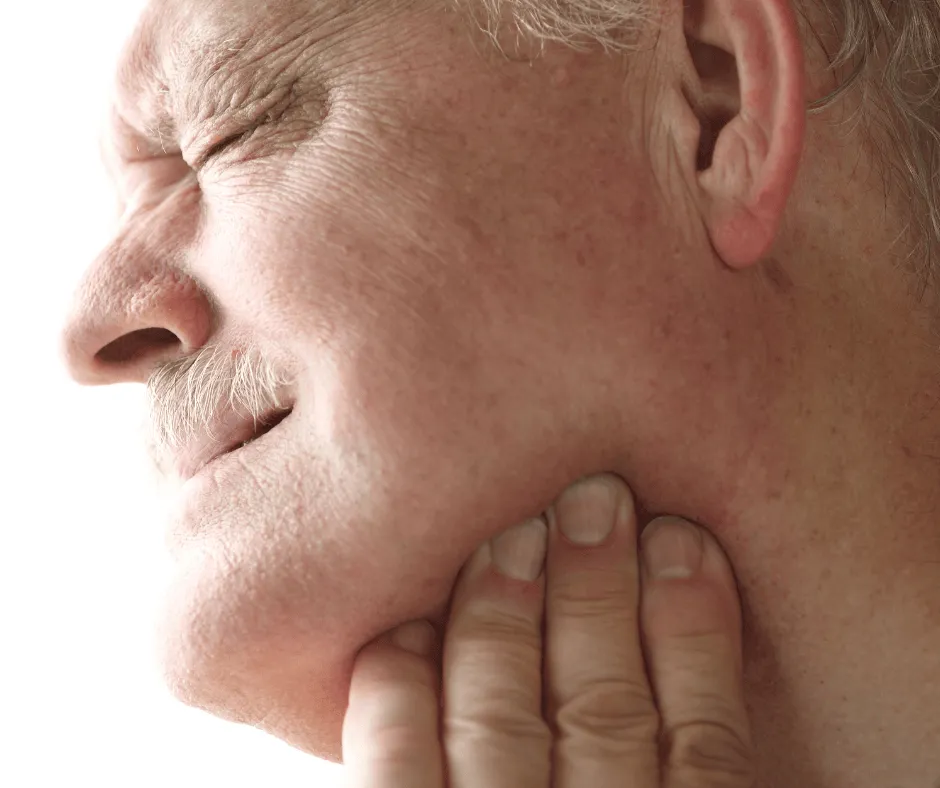
Common Symptoms of TMJ Pain
Jaw Tightening or Stiffness
Jaw Pain
Jaw Clicking or Popping
Trouble Closing or Opening Your Mouth.
Headaches or Migraines
Earaches or Toothaches
Ringing in Your Ears (tinnitus)
Teeth Fitting Together Differently (malocclusion)
Remember, if you resonate with any of the symptoms or conditions mentioned, we highly recommend making an appointment with us for a thorough evaluation and personalized treatment plan.
Please Note: The information provided on our website is intended for general education and is not a substitute for professional medical advice. Each individual's situation and body is different. Therefore, what may work for one person may not work for another. We care about your well-being and advise you to reach out to us to discuss your specific needs before implementing any advice from our website.
Your Source for All Things Physical Therapy in Bend Oregon
The PhysioBlog
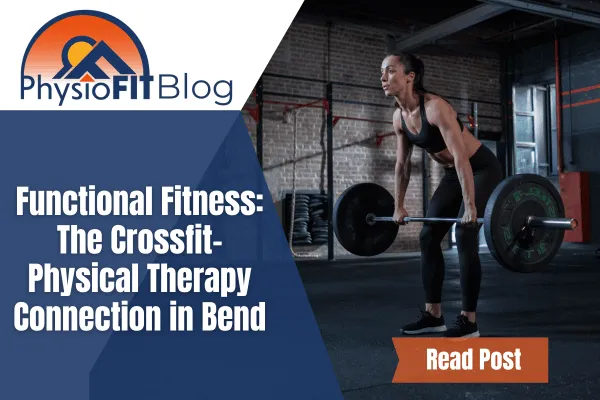
Functional Fitness: The Crossfit-Physical Therapy Connection in Bend Oregon
Please Note: The information provided on our website is intended for general education and is not a substitute for professional medical advice. Each individual's situation and body are different. Therefore, what may work for one person may not work for another. We care about your well-being and advise you to reach out to us to discuss your specific needs before implementing any advice from our website.
Key Takeaways:
Physical therapy plays a vital role in maximizing strength and endurance for CrossFit athletes as well as any daily activities. Through targeted exercises, corrective techniques, and personalized programs, physical therapy helps enhance performance and prevent injuries while strength training.
Addressing deficits and implementing proper warm-up routines for all physical activities are crucial aspects of injury prevention in CrossFit. By identifying and correcting muscular imbalances, mobility issues, and movement dysfunctions, physical therapy can help athletes avoid common injuries and improve their overall performance.
The CrossFit-physical therapy connection fosters a comprehensive approach to fitness and injury management. Having a customized exercise program can be crucial for your overall health when it comes to crossfit. By embracing the collaboration between CrossFit and physical therapy, individuals can optimize their training, prevent injuries, and enhance their overall well-being.
The Rise of CrossFit in Bend and its Impact on Fitness
The emergence and influence of CrossFit on physical fitness here in Bend, Oregon has been remarkable. CrossFit's impact on overall fitness and health has been significant. This unique fitness methodology has gained popularity due to its functional and varied exercises and strength training techniques that challenge individuals to improve their strength, endurance, and flexibility.
CrossFit has revolutionized the fitness industry by promoting a holistic approach to training that focuses on functional movements and high-intensity workouts, providing individuals with a comprehensive and effective fitness regimen to improve muscle strength. Its emphasis on community and camaraderie has also contributed to its rise in popularity, creating a supportive and motivating environment for participants.
The integration of CrossFit principles into physical therapy has further enhanced its application in rehabilitating athletes and improving their performance. By incorporating CrossFit-inspired exercises into physical therapy programs, therapists are able to provide patients with functional and sport-specific training, helping them achieve optimal fitness and performance.
Overall, CrossFit has become a powerful force in the fitness industry, shaping the way individuals approach regular exercise, their training, and revolutionizing the concept of functional fitness.
Understanding CrossFit: The Key Elements and Philosophy
Understanding CrossFit: The Essence of its Elements and Philosophy
CrossFit is a multi-faceted fitness program that encompasses various key elements and embodies a unique philosophy for strength training and aerobic exercise. This approach combines aspects of weightlifting, cardiovascular exercise, and bodyweight movements to create a comprehensive fitness regimen. By blending the principles of functional movements, intensity, and variety, CrossFit aims to improve both physical and mental resilience. This fitness philosophy emphasizes the importance of constantly varied workouts to prevent adaptation and promote overall fitness gains. It also focuses on functional movements that mimic real-life activities, enabling individuals to perform better in everyday tasks. By understanding the key elements and philosophy of CrossFit, individuals can unlock their full potential and achieve optimal fitness levels.
While emphasizing functional movements and variety, CrossFit also places a strong emphasis on intensity. Workouts are designed to push individuals to their limits, encouraging them to constantly challenge themselves. This high-intensity approach not only fosters physical growth but also builds mental toughness and resilience. Moreover, the community aspect of CrossFit plays a crucial role in its philosophy. By fostering a supportive and inclusive environment, CrossFit encourages individuals to push themselves while simultaneously providing a sense of camaraderie and motivation. This community atmosphere sets CrossFit apart from traditional gym exercises, creating a unique and engaging fitness experience.
A key aspect of CrossFit is the CrossFit-Physical Therapy connection. This partnership highlights the importance of injury prevention and rehabilitation within the CrossFit community. Integrating physical therapy principles, CrossFit aims to minimize the risk of injuries and optimize performance. Physical therapists provide expert guidance in movement analysis and correction, ensuring that individuals perform exercises with proper form and technique. By incorporating these evidence-based practices, CrossFit maximizes the benefits of its workouts while minimizing the potential for injury.
Pro Tip: To make the most out of your CrossFit experience, it is essential to prioritize proper form and technique over intensity. Take the time to learn and master each movement before progressing to higher intensity levels. Working with a certified CrossFit trainer and consulting with a physical therapist can help ensure a safe and effective fitness journey. Schedule an appointment with a physical therapist in Bend for better results from your crossfit workout - PhysioFitBend.com
Debunking Misconceptions about CrossFit
CrossFit Myths Explained: Breaking Stereotypes and Unraveling Truths
CrossFit has often been misunderstood and subject to numerous misconceptions. However, it is important to address these misinterpretations and shed light on the truth. Here are four key points debunking these common myths surrounding CrossFit:
Injury Prone: Contrary to popular belief, CrossFit is not inherently dangerous. When performed with proper form and under the guidance of trained professionals, it can be a safe and effective fitness regime.
Extreme Intensity: While CrossFit is known for its high-intensity workouts, it is essential to understand that intensity can be scaled and modified to suit individual fitness levels. The goal is to challenge oneself, not push beyond limits.
One-Size-Fits-All: CrossFit is not a rigid, cookie-cutter program. It emphasizes functional movements and can be tailored to meet diverse fitness goals and abilities. The workouts can be adjusted, making it accessible to people of various age groups, skill levels, and body types.
Only for Elite Athletes: Another misconception is that CrossFit is only suitable for elite athletes. In reality, it caters to a wide range of individuals, including beginners, seniors, and those in rehabilitation. The focus is on improving overall fitness and functional movements.
Highlighting these misconceptions about CrossFit will help individuals make informed decisions about their fitness journey. By debunking these myths, individuals can take advantage of the benefits that CrossFit offers and find a suitable fitness routine tailored to their needs.
Don't miss out on the opportunity to debunk these misconceptions and discover the true potential of CrossFit. Embrace its inclusive nature, challenge yourself, and embark on a journey towards improved fitness and well-being. Start breaking stereotypes today!
The Benefits of Physical Therapy for CrossFit Athletes
Physical Therapy for CrossFit Athletes: Enhancing Performance and Preventing Injury
CrossFit athletes can benefit greatly from physical therapy in various ways:
Improved Flexibility: Physical therapy helps increase flexibility, allowing athletes to achieve a greater range of motion during CrossFit exercises.
Enhanced Strength and Endurance: Through targeted exercises and techniques, physical therapy can help athletes build strength and endurance, leading to improved performance during workouts.
Injury Prevention: Physical therapists assess and identify areas of weakness or imbalance in athletes, implementing personalized treatment plans to prevent injuries and enhance performance.
Recovery and Rehabilitation: In case of injuries or strains, physical therapy plays a crucial role in facilitating recovery, rehabilitating injuries, and returning athletes back to their peak performance level.
Improved Technique and Form: Physical therapists work closely with CrossFit athletes to optimize their technique and form, ensuring proper movement patterns and minimizing the risk of injuries or performance setbacks.
Individualized Training Programs: Physical therapists develop tailored training programs that address specific needs and goals of CrossFit athletes, helping them maximize their potential and achieve optimal results. If this interests you, schedule a time to meet one of our our Performance Coaches here at PhysioFIT.
Furthermore, Bend physical therapy offers unique benefits beyond what can be achieved through regular CrossFit training. It facilitates injury prevention, improves performance, and empowers athletes to perform at their best. By incorporating physical therapy into their training regime, CrossFit athletes can optimize their workouts, minimize the risk of injuries, and train more effectively and efficiently.
Pro Tip: Consult with a physical therapist in Bend who specializes in sports rehabilitation and collaborate with them to design a comprehensive training plan that addresses your individual needs and goals. This can help you optimize your CrossFit performance and prevent injuries.
Conclusion: Embracing the CrossFit-Physical Therapy Connection
Embracing the Synergy of CrossFit and Physical Therapy: A Powerful Duo for Functional Fitness
Physical therapy and CrossFit have formed a remarkable connection that holds immense potential in enhancing functional fitness. Integrating the principles of both disciplines allows individuals to reap the benefits of rehabilitative therapy while improving overall strength and conditioning. By embracing this cross-disciplinary approach, individuals can optimize their physical performance and prevent injuries.
The integration of CrossFit and physical therapy offers a unique opportunity to address musculoskeletal imbalances and movement dysfunctions. Physical therapy assesses and treats specific impairments, while CrossFit focuses on functional movements performed at high intensity. This combination allows for a comprehensive approach to both rehabilitation and performance enhancement.
Moreover, embracing the CrossFit-physical therapy connection enables individuals to engage in customized workout programs tailored to their specific needs and abilities. Physical therapists can identify weaknesses or imbalances and prescribe exercises that target those areas. This personalized approach ensures that individuals progress safely and effectively, minimizing the risk of injury.
In addition to injury prevention and rehabilitation, the CrossFit-physical therapy connection fosters a sense of community and support. CrossFit gyms often have physical therapists on site or work closely with them to provide guidance and expertise. This collaborative environment enhances the overall experience and encourages individuals to strive for their fitness goals. For those that don't we here at PhysioFIT have direct experience in that environment. Our roots stem from a small table in a crossfit gym to what we are today, so we know a thing or two about how to help our fellow Crossfitters here in Bend.
Overall, embracing the synergy between CrossFit and physical therapy holds immense potential in optimizing functional fitness. By integrating the principles of both disciplines, individuals can enjoy the benefits of rehabilitative therapy while improving their strength, conditioning, and overall physical performance. Embracing this connection not only enhances individual fitness but also promotes a community-driven approach to wellness.
Pro Tip: When incorporating CrossFit into your fitness routine, it is essential to work with a qualified physical therapist who possesses a deep understanding of both disciplines. This will ensure that you receive personalized guidance, reduce the risk of injury, and maximize your performance gains.
Functional Fitness: The Crossfit-Physical Therapy Connection
✅ CrossFit is a fitness program that uses functional movements similar to those used in everyday life.
✅ CrossFit has over 15,000 affiliates worldwide and has made a significant impact on the fitness community in the last 20 years.
✅ CrossFit workouts, known as the Workout Of The Day (WOD), are high intensity and constantly changing.
✅ CrossFit can be modified to accommodate athletes of all ages and fitness levels.
✅ Physical therapy can be beneficial for CrossFit athletes in maximizing strength and endurance, preventing injuries, and addressing deficits in mobility, mechanics, and strength.
FAQs about Functional Fitness: The Crossfit-Physical Therapy Connection
What is CrossFit and how does it relate to physical therapy?
CrossFit is a fitness program that focuses on functional movements, similar to those used in everyday life. It can be beneficial for athletes of all levels of experience. Physical therapy can supplement CrossFit workouts by maximizing strength and endurance, addressing deficits in mobility, mechanics, and strength, and preventing injuries.
Is CrossFit suitable for all fitness levels and ages?
Yes, CrossFit can be modified to accommodate athletes of any age and fitness level. From 8-year-olds to individuals in their 60s, anyone can participate in CrossFit classes. The workouts can be adapted to meet individual capabilities and goals.
Are injuries common in CrossFit?
Like any sport or exercise, injuries can occur in CrossFit. However, injuries are not caused by CrossFit itself but rather poor body mechanics and faulty movement patterns. By modifying weights and movements based on individual abilities and working with knowledgeable coaches, athletes can help prevent injuries.
How can physical therapy contribute to injury prevention in CrossFit?
Physical therapy plays a crucial role in injury prevention for CrossFit athletes. Physical therapists can identify deficits in mobility, mechanics, and strength and work on addressing those areas to minimize the risk of injuries. They can also provide guidance on proper warm-up techniques and mobility exercises to prepare the body for the demands of CrossFit workouts.
Can physical therapy help with improving performance in CrossFit?
Yes, physical therapy can help improve performance in CrossFit by maximizing strength and endurance through the full range of motion. Physical therapists are movement specialists who can assist athletes in better understanding their movement patterns, identifying areas for improvement, and working on strength, stability, and mobility.
How can I incorporate physical therapy into my CrossFit routine?
If you're a CrossFit athlete looking to implement physical therapy into your routine, you can schedule an appointment with a physical therapist. They will assess your movement patterns, address any deficits or symptoms you may have, and provide guidance on exercises and techniques to optimize your performance and prevent injuries.
Please Note: It's important to note that any exercises or techniques that are shared should be performed under the guidance of a qualified physical therapist in bend to ensure correct technique and to prevent injuries. A physical therapist can provide a customized exercise program based on the individual's fitness level, goals, and any existing injuries or conditions. If you’d like to explore this more or would like to schedule a time with a physical therapist in Bend Oregon, contact us at PhysioFITBend.com
Copyright PhysioFIT 2025 . All rights reserved
